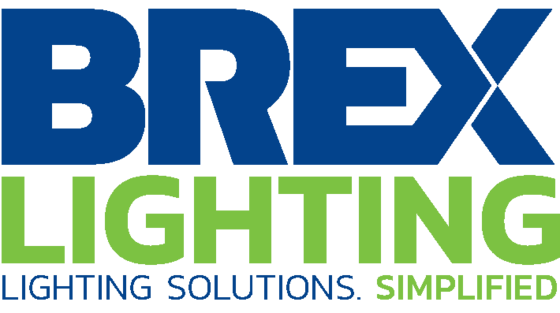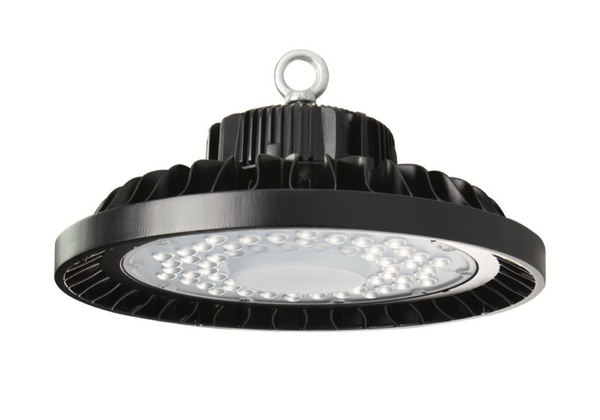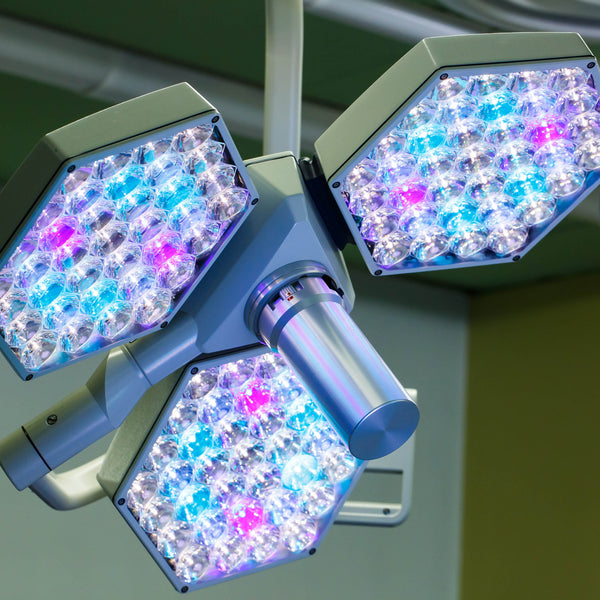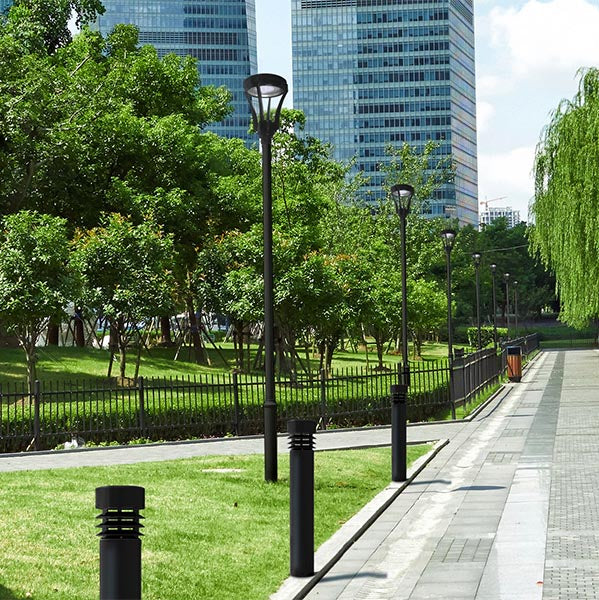Light Pollution and LED Technology

Too much of anything isn’t good for anyone - Ray Bradbury
From the discovery to its adoption in every kind of lighting, LED technology has grown in leaps and bounds. As LED consumes much lower energy, it is a blessing to the power hungry race that we have become. Research and advance in technology helped mass produce these energy saviors and drove the price down. Over the years LEDs have become affordable as well as make long term financial sense too.
As more people started using LEDs and realized the financial benefits, the world wanted more of it. Just like any good thing we wanted more bright lights now because it costs less to power our lights that makes our cities glow.
As with any good thing that was introduced on the planet for our benefit; the demand for such a thing spirals out of control. Unfortunately, it sometimes hits such a level that the boon in overshadowed by the bane. It starts creating issues that it was never meant to.
Is LED the reason behind Light Pollution?
Not really. It’s not like light pollution or photopollution came into being since the rapid adoption of LEDs. This phenomenon has existed for more than half a decade. There’s a connection between the development of a country or city and the intensity with which the main areas are lit.
Time-lapse aerial pictures are proof that cities are expanding and are getting brighter. Which if remains unchecked could lead to various complications down the years. So what exactly is light pollution?
When excessive artificial light is misdirected and either becomes invasive or causes interruptions in naturally occurring processes, it is termed photopollution or light pollution.
It affects the natural color of the night sky, which results in lower visibility of stars and starlights. Circadian rhythms change which is the natural 24 hour process of living beings, which then affects research on wildlife and humans. It could result in changes in human behavior, hormone production, sleep patterns and so on, which could lead to a variety of health problems.
What parts of the earth are affected by light pollution?
Light pollution is now everywhere; Asia, Europe, North America. According to a report in National Geographic in 2008, Chicago is the most photo-polluted city in the United States, whereas Hong Kong is the highest in the world.
Is the damage reversible?
Thankfully it’s one of those ill effects that if we start being mindful about, can be stopped from being a catastrophe in the future. It is reversible. Let’s look at what we could do that will go a long way in setting an example for future generations and also leaving the world a better place.
According to the International Dark Sky Association (IDA), indiscriminate use of both HPS and LED street lighting are one of the major contributors tp light pollution. It’s not a technical issue but more a social one according to the project manager of IDA.
It’s a vicious circle; as LEDs are energy efficient they bring down the cost of energy consumed. But now cities can light more for the same amount they were spending before, so they keep adding for lights, even in places the don’t really need them.
Things that should be considered when outdoor lighting is being planned by city planners:
- Is there a real need to add more lighting than already present in an area?
- Can lights be dimmed or switched off overnight in certain areas without any adverse effects?
- Involving residents of the area in making the decisions about the need in regards to lighting quality.
- Running test installations and giving residents options for different lighting levels and color temperature
- Conducting environmental impact assessment before installing LEDs or HPS
- Does the lighting that the city is proposing, produce unacceptable levels of glare?
In addition to the above considerations, the following points could be overlooked but should be kept in mind as they dig a little deeper, and can help reduce photo-pollution.
The air quality in certain cities is more suited for a certain kind of lighting, depending on the moisture in the air. For example in cities with higher moisture content in the air, are suitable for LED as there’s no light trespass and glare.
You can start doing your bit by switching outdoor lights off when not required as well as educate your friends and family about light pollution.



